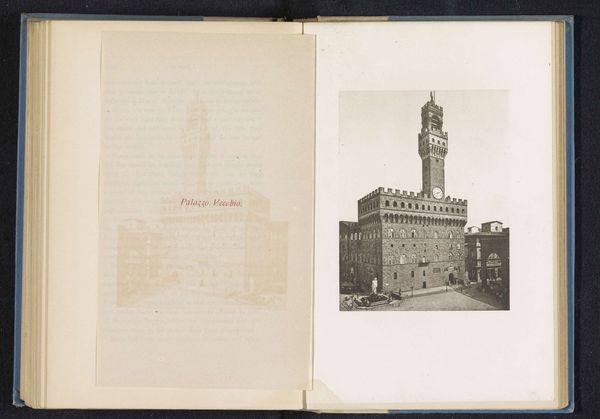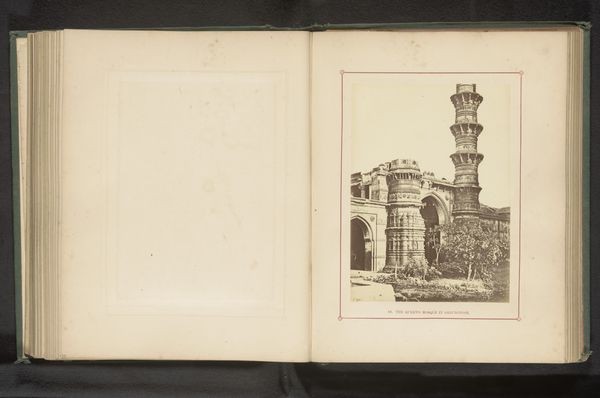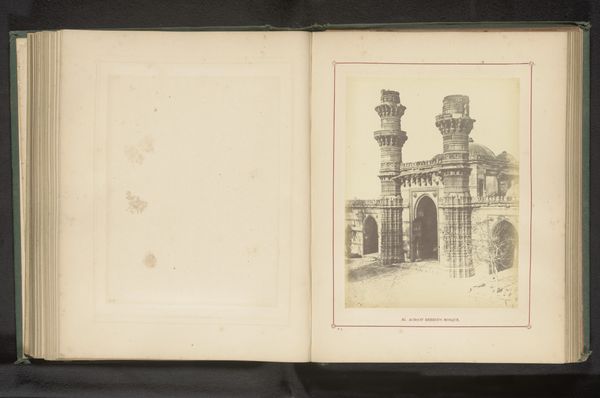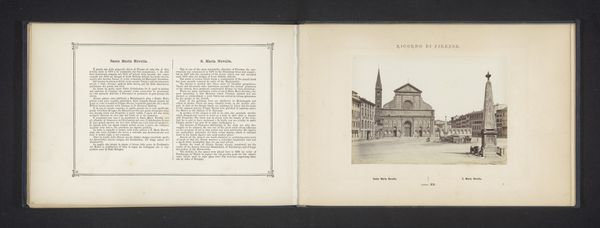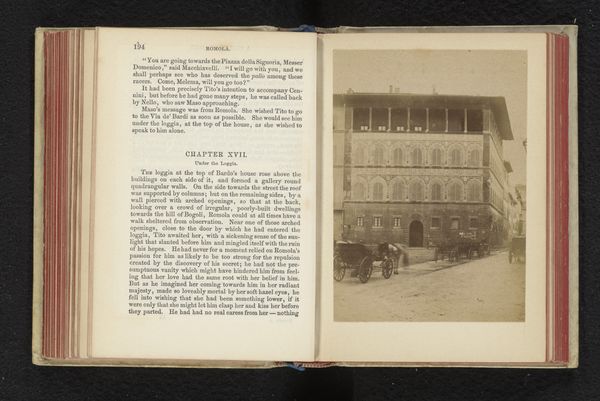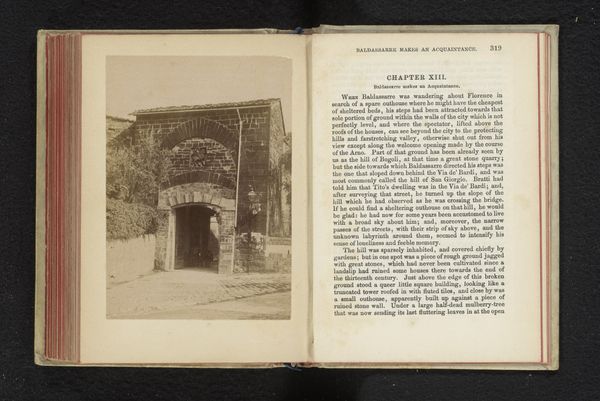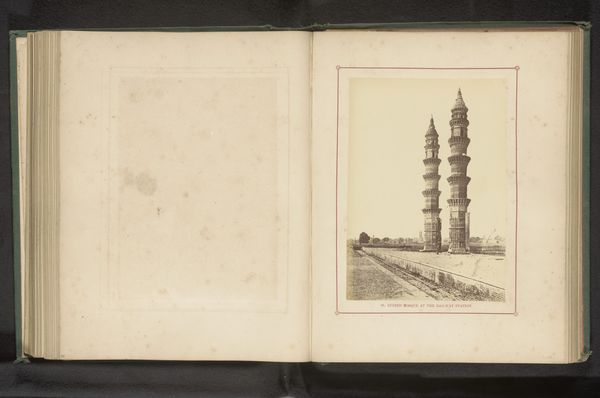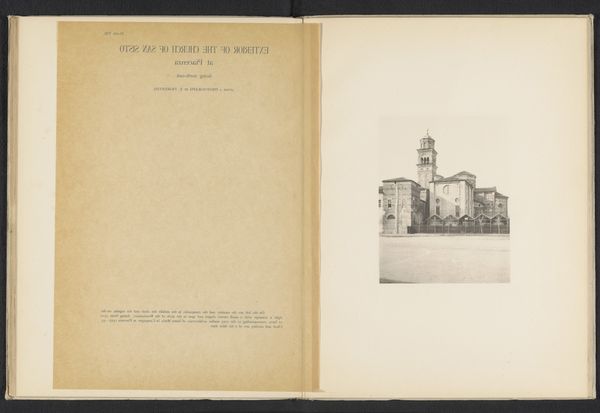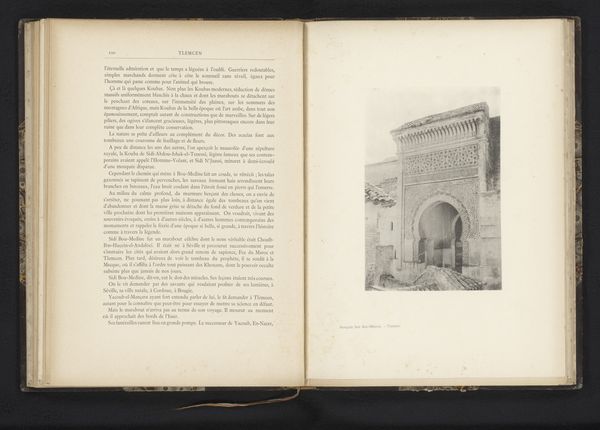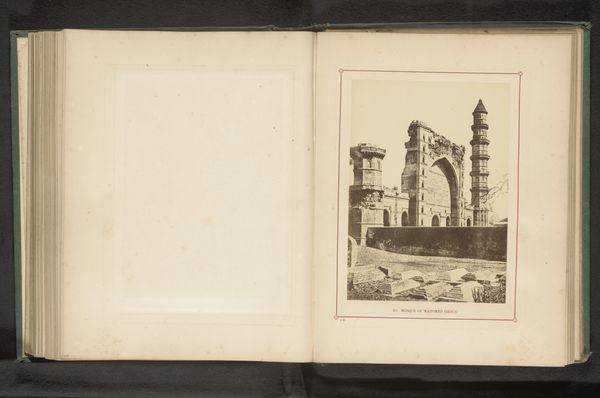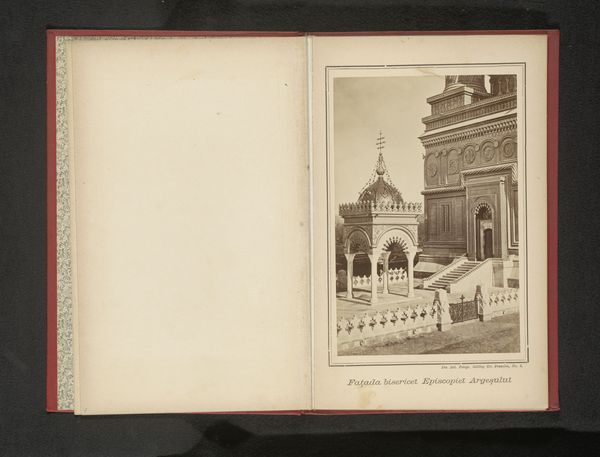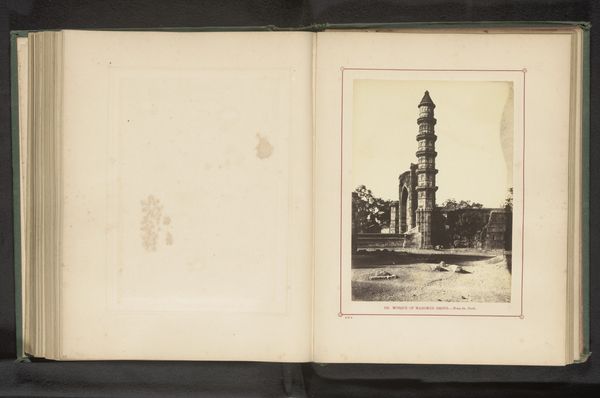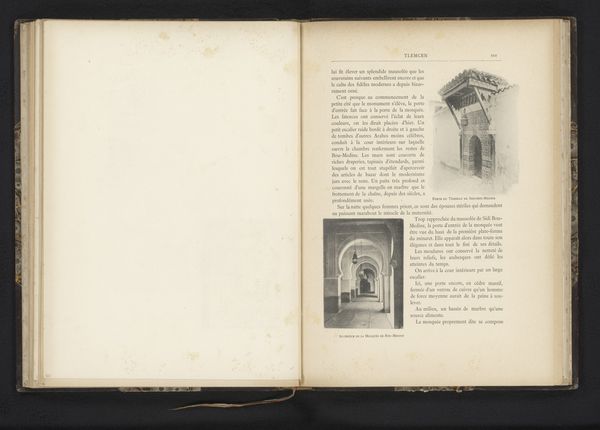
print, photography
#
portrait
# print
#
11_renaissance
#
photography
#
italian-renaissance
#
building
Dimensions: height 146 mm, width 101 mm
Copyright: Rijks Museum: Open Domain
Editor: Here we have a photograph titled "Exterieur van het Palazzo Vecchio te Florence" by Fratelli Alinari, created before 1888. It depicts the Palazzo Vecchio in Florence. What strikes me is how the photograph captures both the grandeur of the building and the public space around it. How do you interpret this work? Curator: As a materialist, I'm drawn to the means of production: the photographic print itself. Consider the albumen process, the darkroom labor involved, the very chemical processes imbuing paper with an image of stone and light. It’s a meticulously crafted object, isn't it? Far removed from the immediacy we associate with digital photography today. How does that material process change our perception of the building it depicts? Editor: I hadn't considered the labor behind it. I suppose knowing it was a carefully made object changes things. Instead of just documenting, they were *crafting* a view. Curator: Precisely! And who was the audience for such a print? Was it intended for tourists, eager to bring home a piece of the Renaissance? Or was it destined for the archive, a record of Florentine architecture for scholarly study? This photographic labor created a product within a specific economic system, and its purpose dictated both the technique used and how it was viewed. Editor: So it’s less about the building and more about what the photo itself represents, as a commercial product? Curator: Not *less* about the building, but the photograph acts as a bridge, connecting the Renaissance stones to the burgeoning tourism and visual culture of the late 19th century. The materiality provides us tangible context for these complex dynamics. What does looking at that building represented through photography tell us about the exchange between viewers in different historical periods? Editor: That’s really interesting. It’s like the photo is evidence of a specific time and its relationship with the past. I definitely see it differently now. Curator: Indeed. By focusing on the material process, we unveil layers of social and economic context embedded within the image. It prompts questions far beyond just the aesthetic qualities of the Palazzo.
Comments
No comments
Be the first to comment and join the conversation on the ultimate creative platform.
